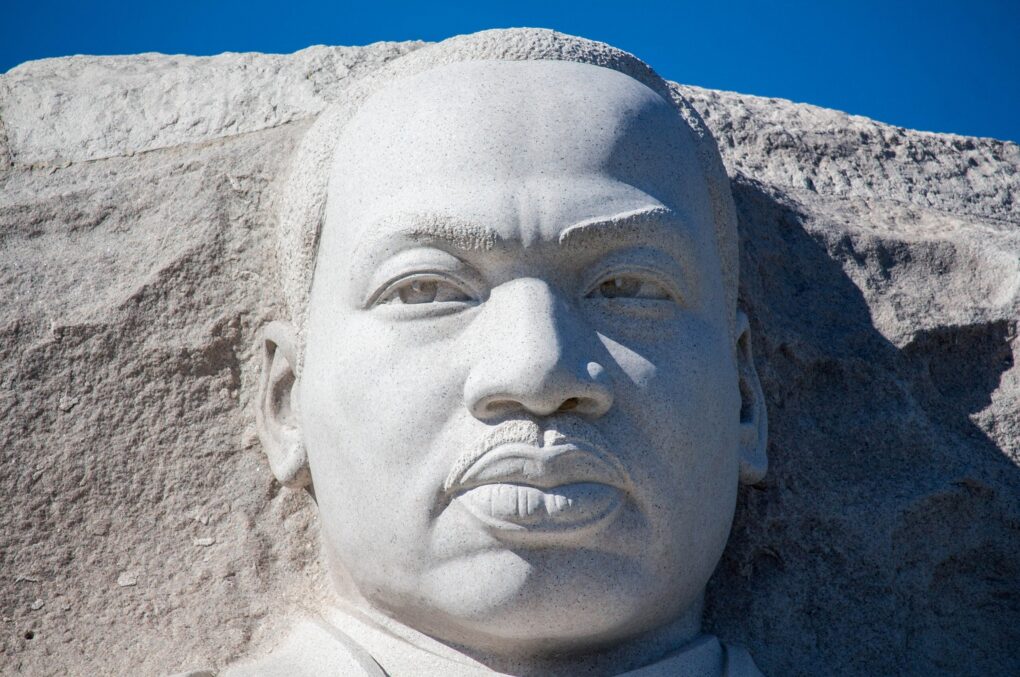Since the mid-1950s, the struggle for equal rights between whites and blacks has been a mass phenomenon. In 1955, Rosa Parks, 42, in Montgomery, Alabama, refused to give up her seat on the bus to a white passenger and was attacked. After that, the black population boycotted all city transportation for a year. And Parks became one of the symbols of the struggle for equality.
The postwar generation of Americans wanted many more freedoms. It invented and borrowed peaceful protests, in which tens and hundreds of thousands of people participated. Equality was one of their main themes.
The human rights activist and preacher Martin Luther King organized several such non-violent actions – and won the Nobel Peace Prize in 1964 for it.
In 1962, there were mass riots in Mississippi – black resident James Meredith tried several times to enroll at the local university, but he was rejected. His case was heard by the U.S. Supreme Court – and decided to enroll him. The state authorities refused to comply with this decision, and the ensuing unrest led to the state declaring martial law and introducing the National Guard. In 2006, a monument to James Meredith appeared at the university.
In 1965, riots broke out in the Los Angeles suburb of Watts after police arrested the entire family of a young man suspected of driving while intoxicated. The riots lasted a week, 34 people were killed and more than a thousand were injured.
In 1967, a similar story happened in Detroit, mass riots lasted five days, 43 people were killed, police arrested 7,200 people.
On April 4, 1968, the American human rights activist and preacher Martin Luther King – the main fighter for the rights of blacks in those years – was shot dead in Memphis. Protests and acts of defiance took place all over the country.
Thanks to the 1960s movement, the first generation of black politicians emerged in the United States. Segregation was officially ended, but inequality, including economic inequality, persisted.
For a hundred years after the formal abolition of slavery, oppression existed in equally heinous and atrocious forms.
Why did it explode in the 1960s? Several serious reasons at once. Rosa Parks was being poisoned by dogs, and this particularly angered Jewish youth and rabbis – too direct an association with Nazism and concentration camps. Thus the equality movement gained new supporters.
And in general, the demand for change in society increased dramatically.
Southern newspapers were controlled by corrupt politicians who no one wanted to mess with. They were elected almost for life, dominated the House Finance Committee for years. But television came along – and made America more open.
Americans began to borrow and adopt forms of non-violent protest – not everyone was ready to clash with armed police.
Finally, the Cold War factor kicked in. Americans positioned themselves as leaders of the free world, and they were uncomfortable with such atavism as segregation at home. And politicians – first John F. Kennedy and then his successor Lyndon Johnson – took a strong stand, despite Southern opposition.
The hatred of Kennedy in the South was enormous – he was killed there, in Texas. But Johnson continued his cause, and in 1964 the Civil Rights Act was passed, ending segregation.
Of course, black people could breathe easier, they were no longer treated as second-class citizens. But they did not get much economically either. Poverty alleviation programs began. Everyone who was unemployed received welfare, the welfare rollover, and it turned out to be a very insidious thing.
Already in the early 1970s, sociologists, conservative sociologists, so to speak, began to cite studies that the welfare check led to the degradation of society. People were artificially financially boosted, they were not motivated to work.
There was an education preference law: black children were sent to white schools. Only parents in Boston, for example, almost revolted over this.
These were extremely difficult and traumatic steps forward – I guess you could see it that way now. It lasted from the 1970s to the present day.

